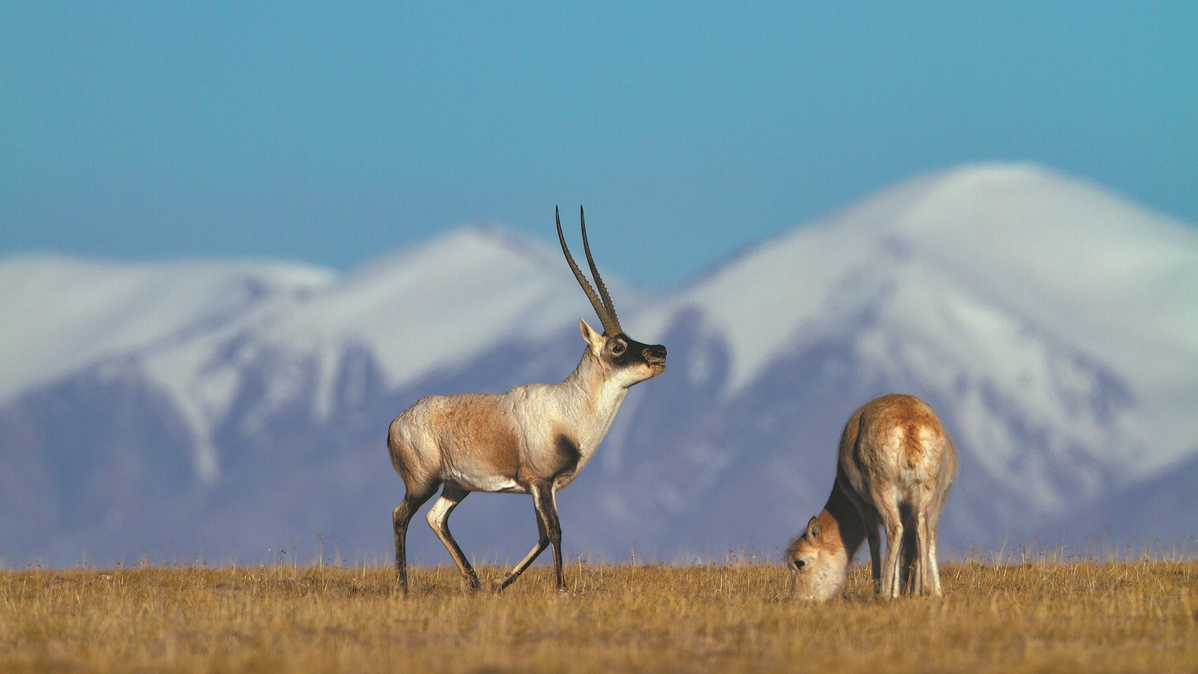
More than 150 people gathered in Dali in Yunnan province to celebrate the opening of Xi Zhinong's retrospective photography exhibition at his Wild China Museum on Dec 18.
Guests included online environment influencers, popular science writers, some of the country's best wildlife photographers, editors of publishing houses, managers of a few national nature reserves and even a grassroots official from a remote township in distant Qinghai province.
Some have considered him an idol and drawn inspiration from him for years. Dozens among them had participated in Xi's wildlife photography training camps, regarding him as a mentor. Others have come to know him through various works and consider him a friend.
READ MORE: Focusing on the wonder of nature
"Someone emerged in this world to inspire others. Xi Zhinong is undoubtedly such a respectable person. For us, Xi is first a conservationist, and then a wildlife photographer," one of the guests said during the opening of the exhibit, held to honor Xi's remarkable 40-year dedication to wildlife photography in China.
A native of Dali, the 60-year-old is the founder of the Wild China studio and the museum. He is the recipient of many awards including the coveted Gerald Durrell Endangered Species Photographer of the Year award, the BBC's Wildlife Photographer of the Year award and the 2022 National Geographic Society's "Wayfinder" award. He was named one of the 40 most influential conservation photographers in the world by Outdoor Photography Magazine, and is the only Chinese photographer to become a member of the prestigious International League of Conservation Photographers.
Xi's distinction among his peers in Chinese wildlife photography is not solely due to his exceptional photographs and films showcasing China's diverse fauna and flora. It is also attributed to the profound impact produced by his numerous works.
By focusing on various species over the years, Xi has played a pivotal role in saving a dozen wildlife species on the brink of extinction.
Through environmental campaigns he has evolved into an important activist for endangered species and a crusader for the environment, fulfilling his mantra of "protecting wildlife through photography".
Five wildlife species are highlighted in the ongoing exhibition: the Yunnan snub-nosed monkey, black-necked crane, Tibetan antelope, snow leopard and green peafowl.
"Each photo of these species shows their connection with Xi," said Hou Lijuan, Xi's agent. "Without his photos (and related environmental endeavors), their fates would have been starkly different."
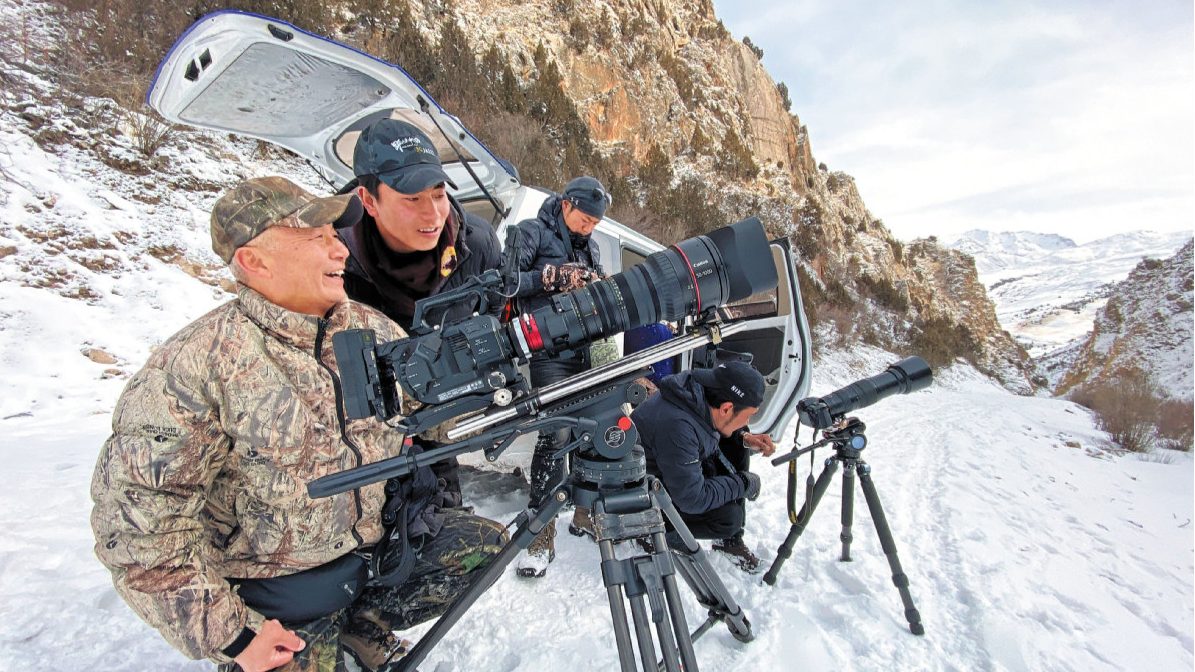
Monkeys and antelopes
After graduating from high school in 1983, Xi started working as a photography assistant with Wang Zijiang, a teacher from Yunnan University, engaging in the production of a documentary on birds.
In 1984, driven by a passion to capture birds in flight, Xi spent around 500 yuan ($68) to purchase his first camera, which amounted to nearly five months of his salary.
After joining a survey of the black-necked crane in 1990, he managed to take the country's first photos of the endangered bird wintering in Yunnan.
Between 1992 and 1994, he participated in a research project on Yunnan snub-nosed monkeys in the province's Baima Snow Mountain Nature Reserve.
It took him three years and six expeditions into the mountains to capture his first frontal photographs of these elusive animals.
It was during this period that he learned of a logging company's plan to deforest the habitat of Yunnan snub-nosed monkeys, prompting him to write a letter to a State councilor. The action led to the initiation of the Green Student Camp, a grassroots environmental movement that ultimately saved the monkeys' habitat.
During the Green Student Camp held in the Baima Snow Mountains, he met his future wife Shi Lihong, a reporter from Beijing. After marrying Xi, Shi quit her job and later moved with Xi to settle in Yunnan. With two other wildlife photographers, they founded the Wild China studio in 2002. In 2022, the couple turned their home in Dali into the Wild China Museum.
One of his photos featuring the monkeys was published in National Geographic magazine in 1995, bringing the species into the international spotlight. "It was fate that led me to the monkeys in the wild," he said on a few occasions. "Without that encounter, I wouldn't have continued my journey as a wildlife photographer."
Working as an investigative reporter with China Central Television in 1997, he ventured into the remote expanse of Hoh Xil on the Qinghai-Tibet Plateau, shedding light on the peril faced by Tibetan antelopes due to rampant poaching. At one single site, he saw hundreds of dead Tibetan antelopes.
"I could only take photos, but I felt fortunate to be there," he said. "It allowed me to unveil the entirety of wild nature to the public, a realm encompassing both breathtaking beauty and harsh, stark realities."
Because of his visual works, more people have learned about Hoh Xil and the neighboring Sanjiangyuan area, a refuge for many distinctive wildlife species. Later, a national nature reserve put Hoh Xil under protection, and Sanjiangyuan has become the country's largest national park. The number of Tibetan antelopes in the country has increased from 60,000 in the 1990s to 400,000 at present.
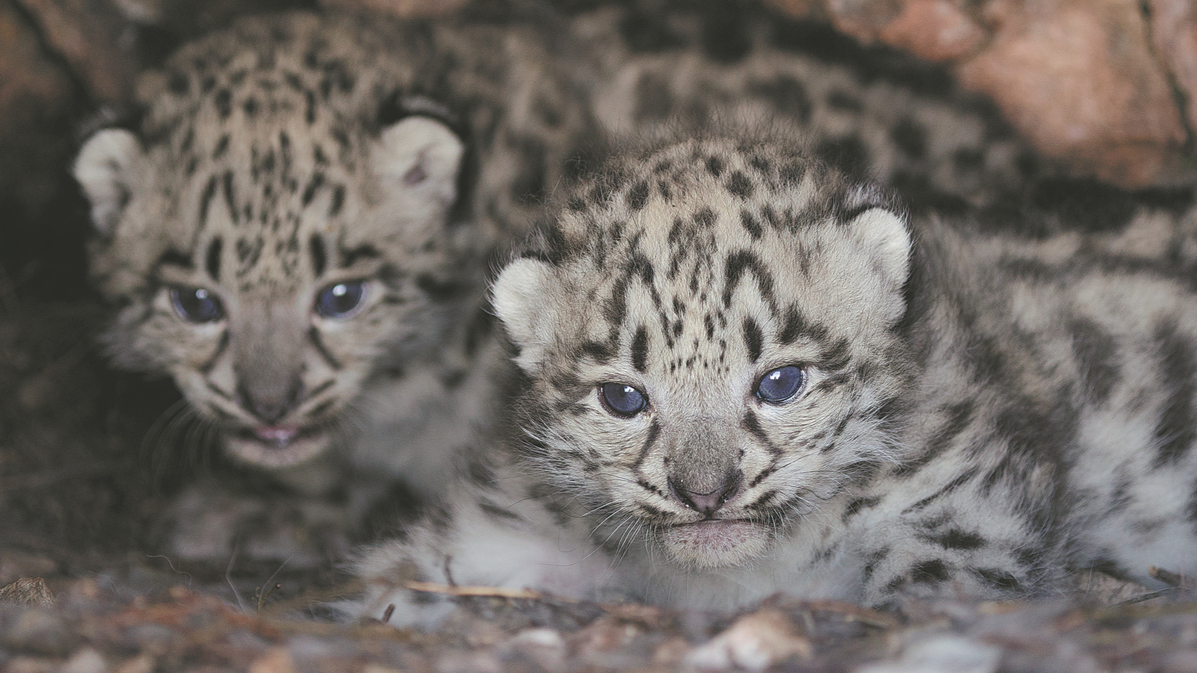
Leopards and peafowl
In January 2016, Xi initiated the Nomad Photographer Development Program after meeting two nomads who captured a snow leopard with a compact camera in the Sanjiangyuan area in Qinghai.
He offered to provide them with better equipment and teach them photography skills. By 2020, the program had trained more than 40 nomads to take photos of wildlife.
Three members of his course became major cameramen for Xi's wildlife documentary film, Snow Leopards and Friends. Released in August 2023, the film, featuring precious footage from Xi and these nomad photographers, sparked widespread attention for the current status of snow leopards and won the Golden Rooster Award for Best Documentary/Science Education Film that year.
To document a snow leopard mother nurturing two cubs within a cave at 5,200 meters above sea level, Xi and his Tibetan cameramen established a camp at 4,700 meters and stayed for 35 days. Every day they would ascend 500 meters to the filming site. For one of his Tibetan photographers, Xi said, the climb took 20 minutes.
"But it took me one hour and 20 minutes to scale the height," he said. "With their sharp eyes and physical endurance, they are true masters of the rugged terrain."
The six-year project not only brought a profound change to the local community's attitude toward wildlife, but improved the living conditions of snow leopards and other species inhabiting the region.
"For local nomads, photography has become a popular way of life," Xi said. "With money earned from selling caterpillar fungus, they now prefer to upgrade their photography equipment instead of buying new motorcycles or cars."
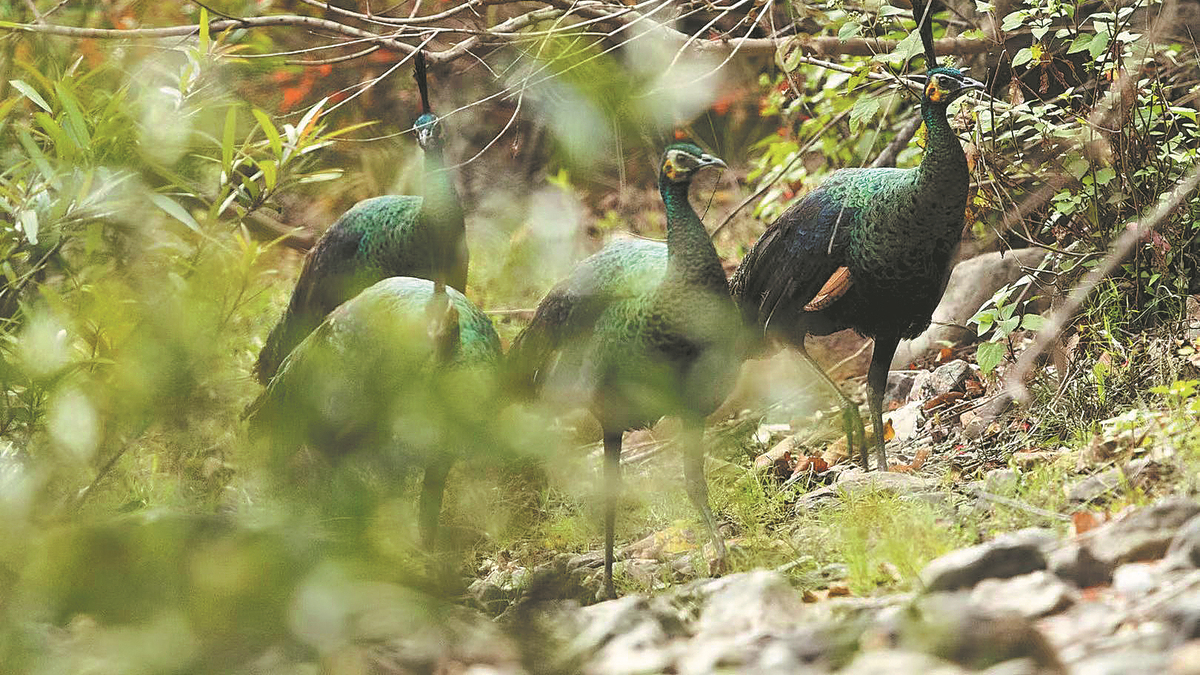
In 2017, he received alarming news that one of the few remaining sanctuaries for the endangered green peafowl — a species under State first-class protection due to its dwindling population of fewer than 500 birds — was imperiled by a hydroelectric dam project. Prompted by this urgent threat, he mobilized a team of colleagues to conduct an on-site investigation.
"In China, the green peafowl is only distributed in Yunnan and it once roamed in forests bordering some great rivers, such as the Jinsha and Lancang (Mekong) rivers," Xi said. "Over the years, they vanished from many of these habitats, now surviving only in some isolated sites along the Honghe River. As a native Yunnan photographer, I felt a sense of neglect in fulfilling my duty."
In response to this crisis, he spearheaded an environmental initiative in collaboration with grassroots conservation organizations to oppose the dam's construction. This collective effort culminated in a civil lawsuit filed against the project developers, resulting in halting of the construction. Thanks to these concerted actions, the habitat of green peafowl was saved from further harm.
"I feel I'm like a messenger or a bridge," Xi said. "Through my works, I want to let more people see the real forest and real nature."
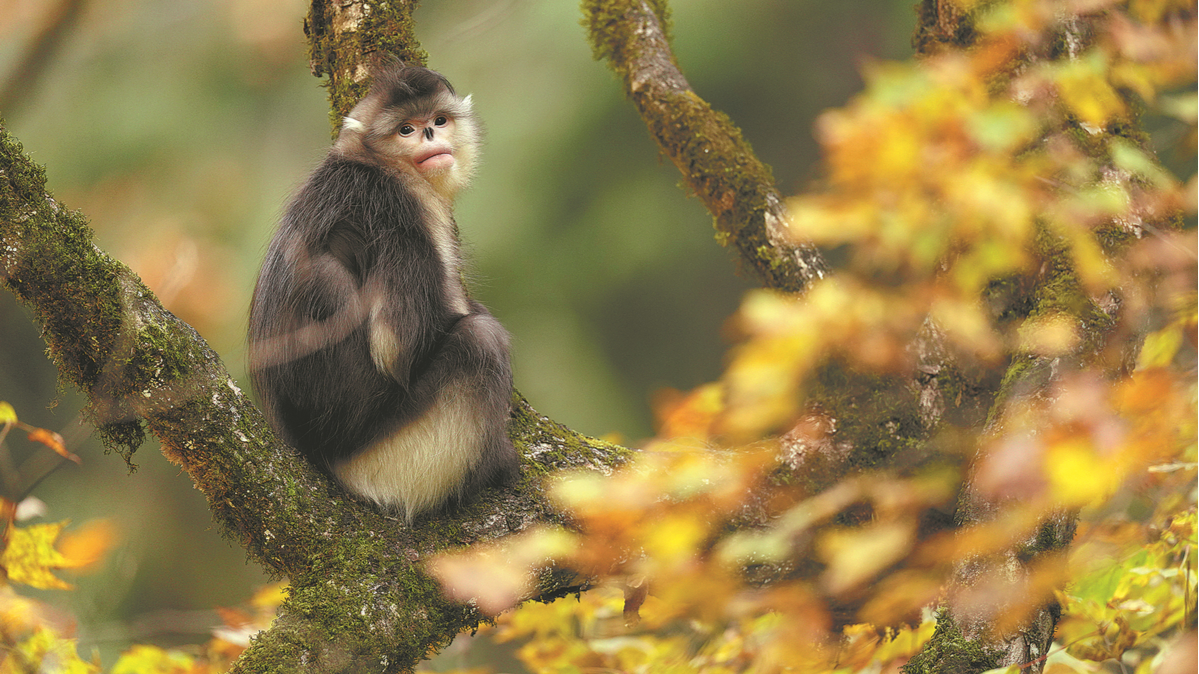
Training, livestreaming
Over the years, his relentless efforts in motivating and influencing more people to join the cause of environmental conservation have remained unwavering.
In December 2004, Xi initiated the China Wildlife Photography Training Camp project, specifically designed for nature reserve rangers and researchers.
Over the course of 20 years, this annual training initiative has successfully trained nearly 800 participants. A few of them have evolved into key figures within China's wildlife photography realm and some have grown to become managers within various nature reserves.
An excellent speaker, Xi has cherished every opportunity to share his stories about animals and nature and his thoughts about conservation. He has embraced livestreaming on social media platforms to engage and inspire a broader audience.
Xi said he started experimenting with new ways of communication in 2017 during his participation in a wildlife observation festival in Qinghai. Later he livestreamed the blooming of rhododendron flowers and the sighting of a blood pheasant on top of the Cangshan Mountains.
"When Yunnan snub-nosed monkeys faced threats, I wrote a letter to the authorities; upon the poaching of Tibetan antelopes, I reported the issue on CCTV; in the case of endangered green peafowls, I first shared insights on our (Wild China) WeChat public account before exposing the crisis through Sina Weibo," Xi said. "To reach a wider audience and broaden our influence, we have to adapt to the trend of the times."
READ MORE: Wildlife snapper trains lens on plateau
For the same reason, he considers documentary films to be the optimal medium to showcase the captivating allure of China's wildlife.
"TV's impact has waned, while short videos tend to be too fragmented. In contrast, films on the big screen offer viewers an immersive one-hour experience," he said.
So he plans to focus his future work on producing wildlife films, with the next project, probably Yunnan Snob-nosed Monkeys and Friends, he said.
Contact the writer at chenliang@chinadaily.com.cn


